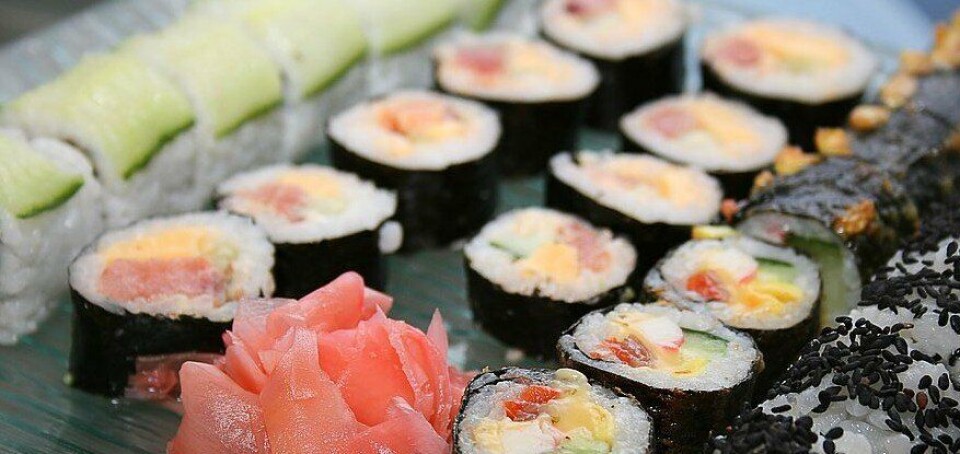
US consumers 'eating mislabelled seafood'
A new study reveals that US restaurants and supermarkets are selling mislabelled seafood products.
Oceana, an ocean advocacy group, conducted the largest seafood fraud investigation in the world.
During the two-year study Oceana found that one in three products in the US was mislabelled. The report also found that some companies made false documents, while others added too much ice to packaging. Among the worst offenders, sushi establishments, 74% of the seafood was mislabelled.
"Oceana’s nationwide study and others demonstrate, seafood may be mislabelled as often as 26 to 87% of the time for commonly swapped fish such as grouper, cod and snapper, disguising fish that are less desirable, cheaper or more readily available," stated the report.
American consumer
"90% of the seafood consumed in the US is imported, and less than 1% is inspected by the government specifically for fraud.
“With more than 1,700 different species of seafood from all over the world available for sale in the US, it is unrealistic to expect the American consumer to be able to independently and accurately determine what they are actually eating.
"Oceana’s study was restricted to retail outlets, including restaurants, sushi venues and grocery stores, it is unknown exactly where in the supply chain seafood fraud actually takes place.
“With an increasingly complex and obscure seafood supply chain, it is difficult to identify if fraud is occurring on the boat, during processing, at the retail counter or somewhere along the way,” stated the report.
Key results:
Salmon, snapper, cod, tuna, sole, halibut and grouper were the top collected fish types.
- Mislabelling was found in 27 of the 46 fish types tested (59%).
- Snapper (87%) and tuna (59%) were the most commonly mislabelled fish types.
- Only seven of the 120 red snapper samples were honestly labelled.
- Between one-fifth to more than one-third of the halibut, grouper, cod and Chilean seabass samples were mislabelled.
- 44% of all the grocery stores, restaurants and sushi venues visited sold mislabelled seafood.
- 84% of the white tuna samples were actually escolar, a species that can cause serious digestive issues for some individuals who eat more than a few ounces.
The full report can be read here https://oceana.org/sites/default/files/National_Seafood_Fraud_Testing_Results_Highlights_FINAL.pdf






















































